The scene on the big display in front of me looks like something from Grey’s Anatomy.
A team of doctors and nurses lean over a patient who’s draped with a white cloth, while a TV screen beside the operating table displays a video of the patient’s colon.
Suddenly, a yellow line appears on that video, showing the doctors where to cut. A voice comes over a loudspeaker, calmly talking to the surgeons.
I’m at Mobile World Congress in Barcelona, and I’m watching what’s been billed as the world’s first live surgery that involves a doctor assisting from a remote location. Dr. Antonio de Lacy, head of the gastrointestinal surgery service at the Hospital Clinic of Barcelona, is here at MWC, giving advice to his medical team across the city. In real time, without any lag, the team sees what he’s drawing on a video of the patient’s colon, which tells them exactly what to do.
This isn’t a TV show. It’s real. And it’s possible only because of the new 5G networking technology that’s rolling out across the world. There’s a live 5G network from Vodafone at the Barcelona hospital talking to a similar setup in Hall 4 of the Fira Gran Via, where MWC takes place.


Now playing:
Watch this:
Galaxy S10 5G camera, 5G demo at MWC 2019
5:18
“This is truly revolutionary and just one of the benefits 5G will bring us,” said John Hoffman, CEO of GSMA, the mobile trade organization that puts on MWC.
This is one of the most dramatic examples of how 5G can change our lives. It’s been long touted as a game-changing technology, with the ability to dramatically boost the speed, coverage and responsiveness of wireless networks. It can run between 10 and 100 times faster than your typical cellular connection today. It’s quicker than anything you can get from a physical fiber-optic cable going into your house. And latency is lower than what Wi-Fi provides.
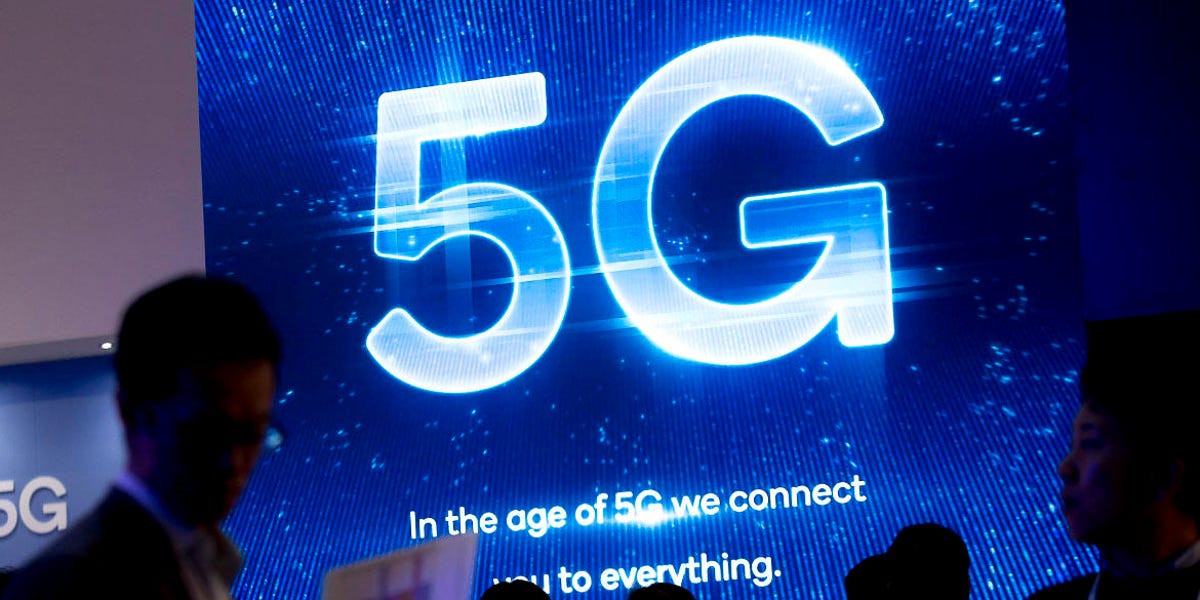

At Mobile World Congress this year, there were plenty of signs touting 5G.
Miquel Llop/Getty Images
The technology could have big implications for health care and other areas. All human medical knowledge in the world doubles every 18 months, de Lacy said, so there’s no way all doctors can keep up with the latest advances. Having a specialist remotely advising less-experienced, on-the-ground doctors has the ability to greatly improve the outcome for patients. But first, the message must be delivered quickly enough. Ultralow latency is vital. Delays in the time it takes to send an instruction and receive it could be a matter of life or death.
“When you have 5G, you have no delay,” de Lacy told CNET after the demonstration on Wednesday. He said his team has experimented with remote-assisted surgeries for about a decade but wasn’t able to get the responsiveness needed until 5G arrived.
“Before [5G], we have to freeze the image and you can draw, but the surgeon is moving on,” de Lacy said.
For the rest of us regular smartphone users, there’s not yet a clear reason why we actually need 5G. Showing consumers the real benefits of the ultrafast networking technology could be one of the toughest hurdles the industry faces this year. Eventually, we’ll all have 5G devices. But if there are no compelling uses, getting us to shell out hundreds more for a 5G phone instead of a 4G device could be a hard sell, at least until more apps and services are available that tap into 5G.
5G’s debut
For all 5G’s expected benefits, it’s hard to actually understand just what the technology will be like. Everyone touts the speed benefits — you can download an entire TV season in seconds — but there’s only so much downloading and streaming we’ll all do when we get our 5G phones. Demos of the tech tend to skew toward uses like virtual reality and gaming, but it’s difficult to tell the difference here between a 5G connection and Wi-Fi.
Right now there aren’t really any apps that truly take advantage of 5G. When the technology was being designed, it was meant to connect things, not phones, said Fredrik Jejiling, head of networks at Ericsson. That includes smart home devices, cars, robots in factories and other items. It’s unclear exactly what the killer apps will be.
“Who could have thought we’d get Uber out of 4G?” Jejiling said in an interview Tuesday at MWC. “We do know we’ve got a lot of innovative people around. With great technology in the hands of these guys, magical things can happen.”
More from MWC 2019
- Galaxy Fold vs. Huawei Mate X: Battle of the foldable phones
- Galaxy S10 Plus ongoing review
- Microsoft’s HoloLens 2 feels like practical magic
- Mobile World Congress 2019
Nearly all big handset makers will jump into 5G early this year. Samsung, the world’s biggest smartphone vendor, unveiled its first 5G phone ahead of MWC during its Unpacked event in San Francisco. Last week, Oppo talked up its first, not-yet-named 5G phone. Huawei showed off its 5G Mate X foldable at MWC, and Xiaomi detailed its Mi Mix 3 5G. MWC also marked the debut of LG’s V50 and ZTE’s Axon 10 Pro, and Sony and OnePlus showed off prototypes for devices they’ll launch this year.
When Xiaomi unveiled its first 5G phone at MWC, Donovan Sung, director of product management for the company’s global team, called an executive over a live 5G network. The video call worked but was kind of underwhelming — at least for this reporter, who was seeing her first live 5G demo. There didn’t seem to be anything different from a normal video chat.
“What you guys may not realize is we just made history,” Sung said to a smattering of applause during the Mi Mix 3 5G demo on Monday at MWC. “This is the first time in Xiaomi history that we’ve ever done a 5G video call outside of China.”
At MWC 2019, companies from Ericsson to Samsung sought to show journalists and attendees the reasons why we’re all going to need 5G. Most involved gaming of some sort, like VR streamed to headsets and a baseball app that lets you jump into the action of a live game.
The only hitch: Some of those 5G demos didn’t actually run on 5G networks.
Not quite 5G
Three bright orange, geometric figures run straight at me. I grip a controller in my right hand and pick up a virtual gun, reflexively squeezing the trigger to stop the figures’ advance. Next, I pick up a bottle and other items to hurl at them. Finally, I grip my hands into fists and punch the attackers as I try to save myself. Spoiler: I don’t survive.
I’m wearing HTC’s new Vive Focus Plus cordless VR headset and playing the Superhot VR game. That in itself is notable. The Vive Focus Plus is HTC’s only standalone VR headset and it’s not yet on sale. But what makes this demo even more interesting is that the game is being streamed over a 5G network to the headset. Well, sort of.
Instead of having to download games to the headset, I can stream anything I want, instantly. For now this is just a demo. When the Vive Focus Plus launches, the cloud streaming capability won’t be possible. But in the future, we’ll be able to stream high-resolution, virtual reality content from the cloud to a Vive headset via an HTC 5G Hub mobile hotspot. There won’t be any PC or unnecessary cables required. All we’ll need is a 5G connection.
MWC 2019: All the phones and gadgets we cared about
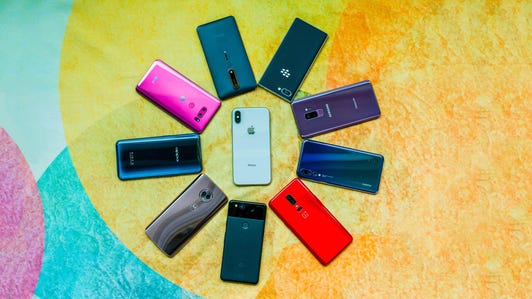

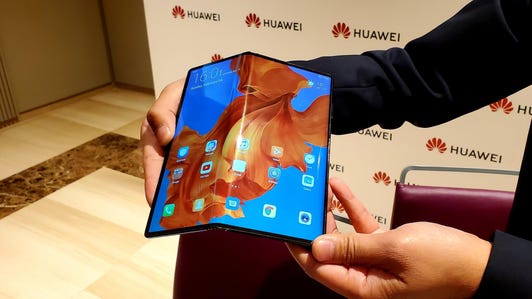

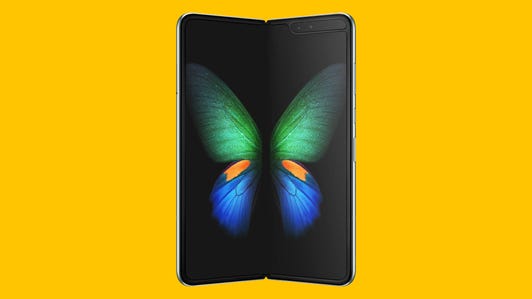

Here at MWC in 2019, though, it’s only a simulated 5G network. HTC’s 5G Hub that’s powering the Vive Focus Plus is really connected through a physical high-speed cable.
“To get [real 5G] into our booth would be a ludicrous investment from us,” Nigel Newby-House, HTC associate vice president of product planning and go-to-market, said in an interview ahead of MWC. It’s difficult to get the spectrum needed for live 5G demos, and it’s expensive to install the technology in the convention center for a week.
Because of that, HTC wasn’t the only company running 5G demos using non-5G connectivity.
Ericsson’s massive booth had some demos — like its mixed reality Batman vs. The Scarecrow game — that ran over a real 5G network.
But others used hard-wired or Wi-Fi connections to show off possible 5G applications.
In one I tried, two people wear Microsoft HoloLens headsets and hold a haptics-enabled pen in their hands. They have to work together to move virtual puzzle pieces into their proper slots. You can hear the digital pieces drop and can feel feedback through the vibrating pen as each person lifts a side of the piece.
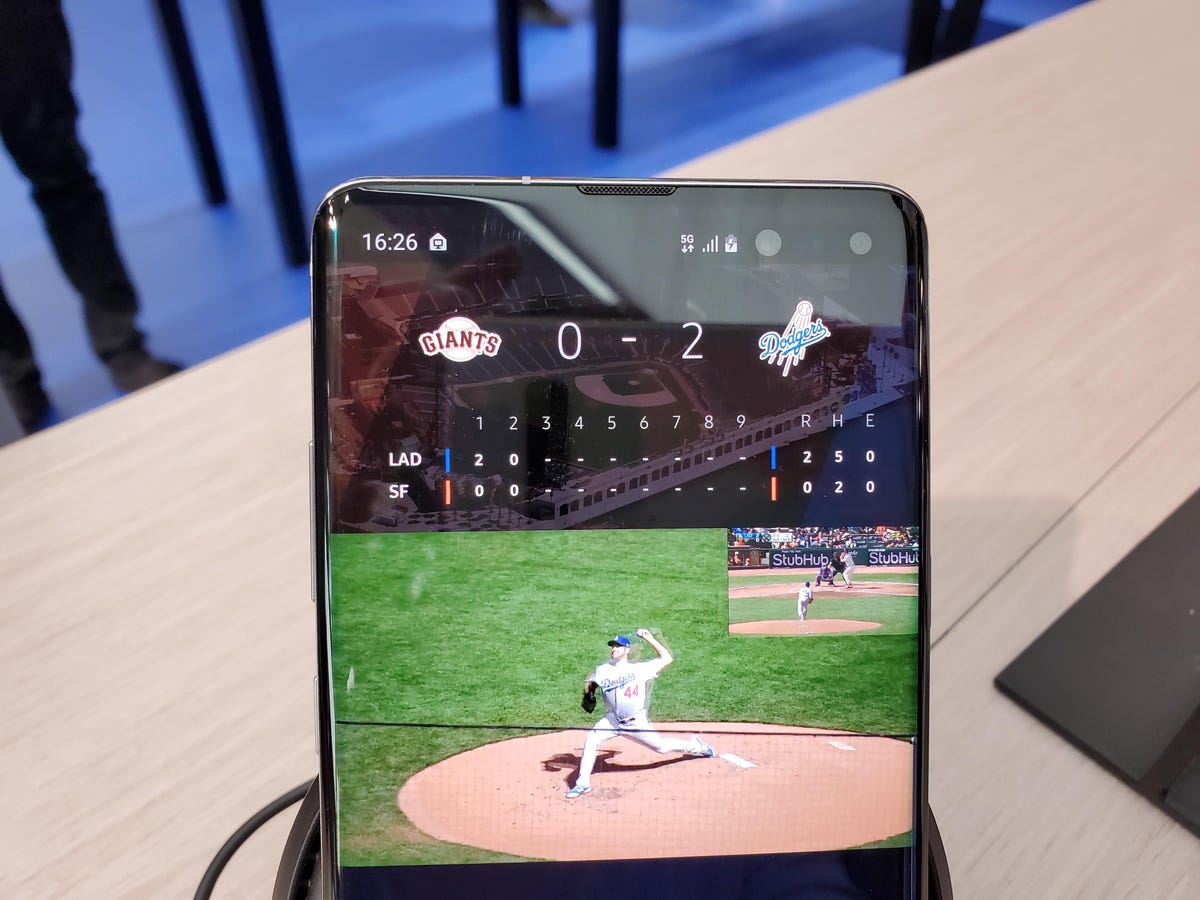

5G on the Galaxy S10 makes it possible to pinch-and-zoom for a closeup of a player, or rotate the athlete in real time.
Jessica Dolcourt/CNET
When the two participants are in the same room, lag time isn’t an issue. They’re able to work together with no problems. But if one participant were in Spain and another were in the US, working together and moving the same item at the same time would require 5G and its ultralow latency.
At Samsung’s booth, the company showed off the Galaxy S10 5G’s speed with a canned demo on a 4G phone and one live demo, in which its phone streamed a prerecorded baseball game over Samsung’s live 5G network.
The idea is you, as a game viewer, would be able to almost put yourself in the action. You could zoom in on parts of the game to see a player close, or rotate the field of view to do things like examine the pitcher’s stance. It takes high speeds and low latency from 5G to make the intensive actions possible without buffering and freezing.
For now those uses are largely just experimental. It’s not until the networks actually turn on and devices roll out that we’ll see new, innovative apps that tap into 5G. And then everything else, like health care, industry and smart homes, will benefit from 5G too.
For the team behind the MWC surgery demo, giving real-time advice to doctors from far away is just the start. Eventually, doctors will actually be able to conduct surgeries from remote locations using equipment that’s connected through a 5G link.
“We’ve been connecting people and a few things, and now [with 5G], everything will be connected,” said Julia Velasco, network deployment director at Vodafone, which provided the 5G link for the Barcelona hospital’s surgery. “Once everything is connected, then remote operations would be truly physical.”
Originally published March 3 at 5 a.m. PT. Update, March 4 at 5 a.m.: Adds background material.



